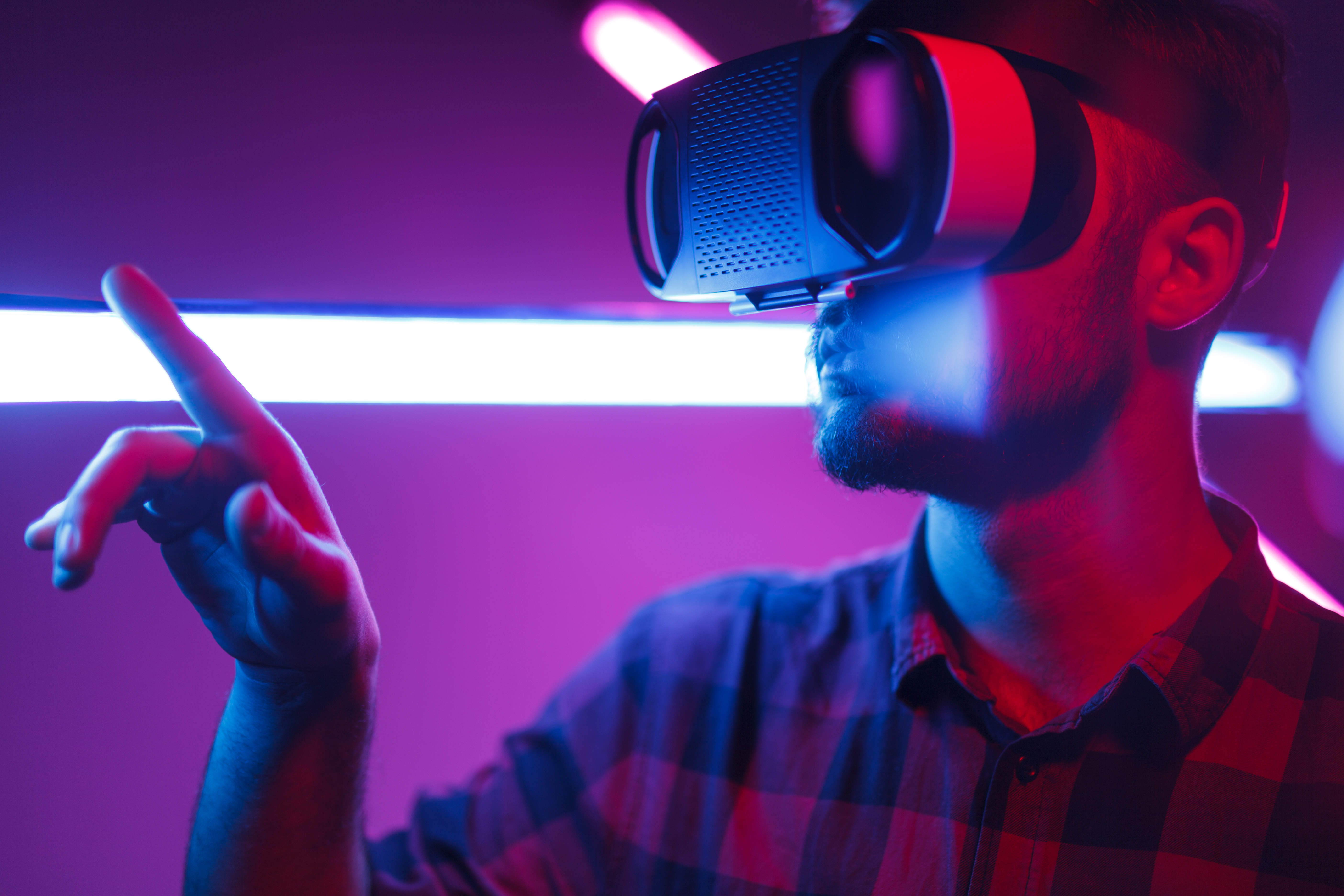For Mad Systems’ business development manager Brandy Alvarado, the COVID-19 pandemic has inspired her and her team to innovate. “In terms of the markets that we cater to—museums, visitor centers and theme parks— it has been hectic with existing work and bids for new projects, but we are obviously expecting a hiatus. In terms of planning, we are being more creative about ‘touch-interactive’ experiences,” she said.

As clients request projects with touch panels and touch experiences, Alvarado is contemplating: “With touch experiences and virtual reality, you're going to be touching equipment. In terms of VR headsets, it would be very hard to provide the level of sanitizing that is required, and ultimately it is about perception of our visitors—we find it hard to see continued use of VR headsets in public spaces. What we’re seeking, in our new projects, are ways to provide outstanding AV experiences that are designed to deal with public fears, be they real or imaginary —it is our visitors perceptions that will drive what is acceptable”
The desire for touchless installations may translate into the integration of more sensors to provide touch-free controls, and facial recognition. “[We’re exploring] more immersive environments using audio, spatial audio soundscape experiences that incorporate projected, 360-environments,” said Alvarado, “and another advantage of doing so is both throughput as well as the fact that families and groups of friends can experience these together, which to us is an important component of anyone’s visit to one of these types of venues”.
“In these new kinds of experiential designs, you’re not touching anything,” Alvarado noted. “The narrative or storytelling component creates the experience, without the need for touch. A sensor can kick it off, or a docent or a theme park operator might use the interface to start certain aspects as people enter an exhibit, but it can be completely touch-free and just as engaging. Other than that, we are also working on BYOD type efforts where we allow visitors to use their own phones or tablets to control exhibits, and other touchless technologies to create safe environments.”
Smartphone-Driven AV Experiences
Personalized technology experiences and smartphone-connected IoT and AV projects are already in use in hospitality, education, and transportation sectors. Will the coronavirus crisis, and related concerns about sanitized equipment, spur new phone-driven projects? In this ever-changing environment, the future in uncertain, but you can bet that AV professionals will help define thee future of technology.
To stay up to date with the impact of coronavirus on pro AV, subscribe to our enews.

